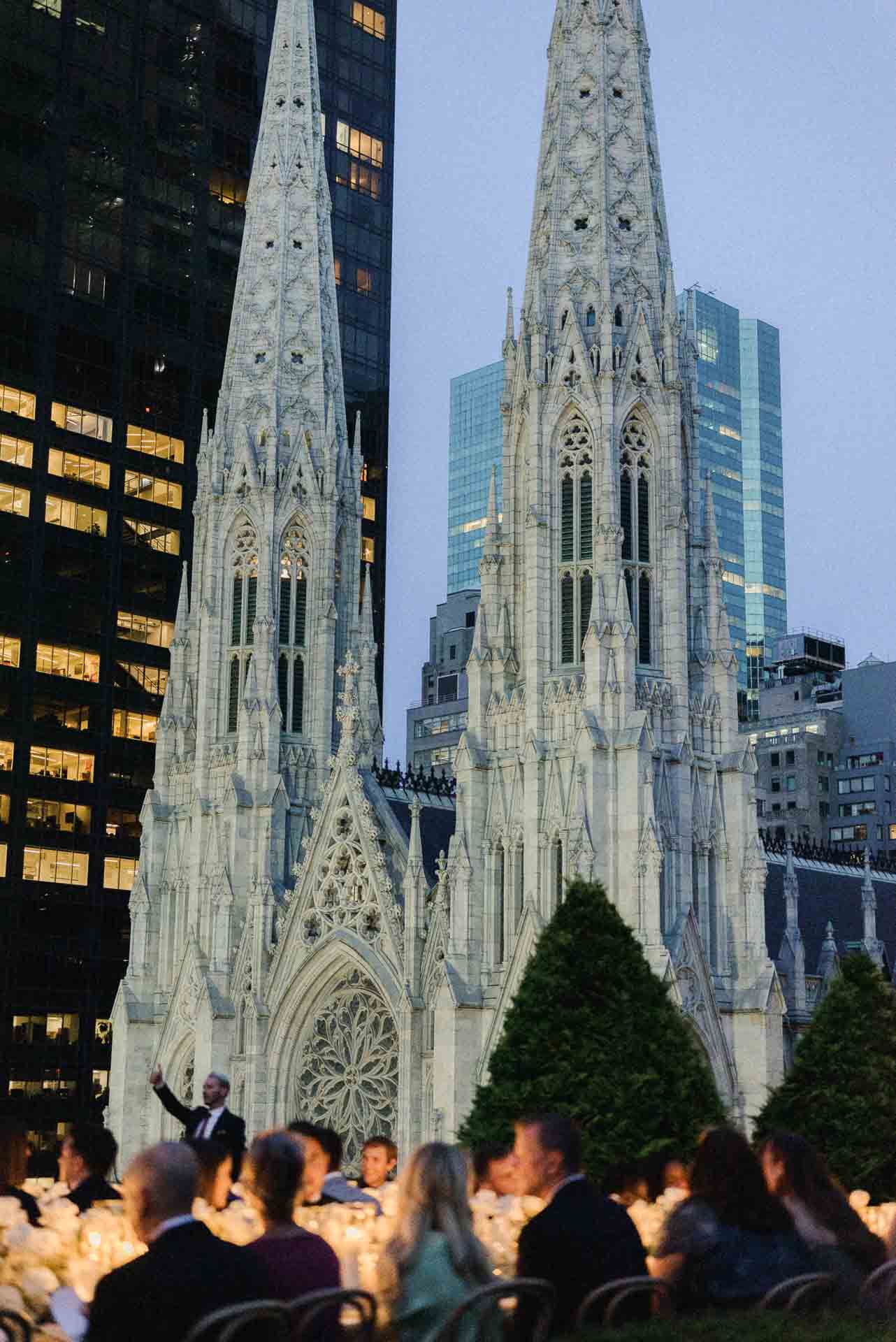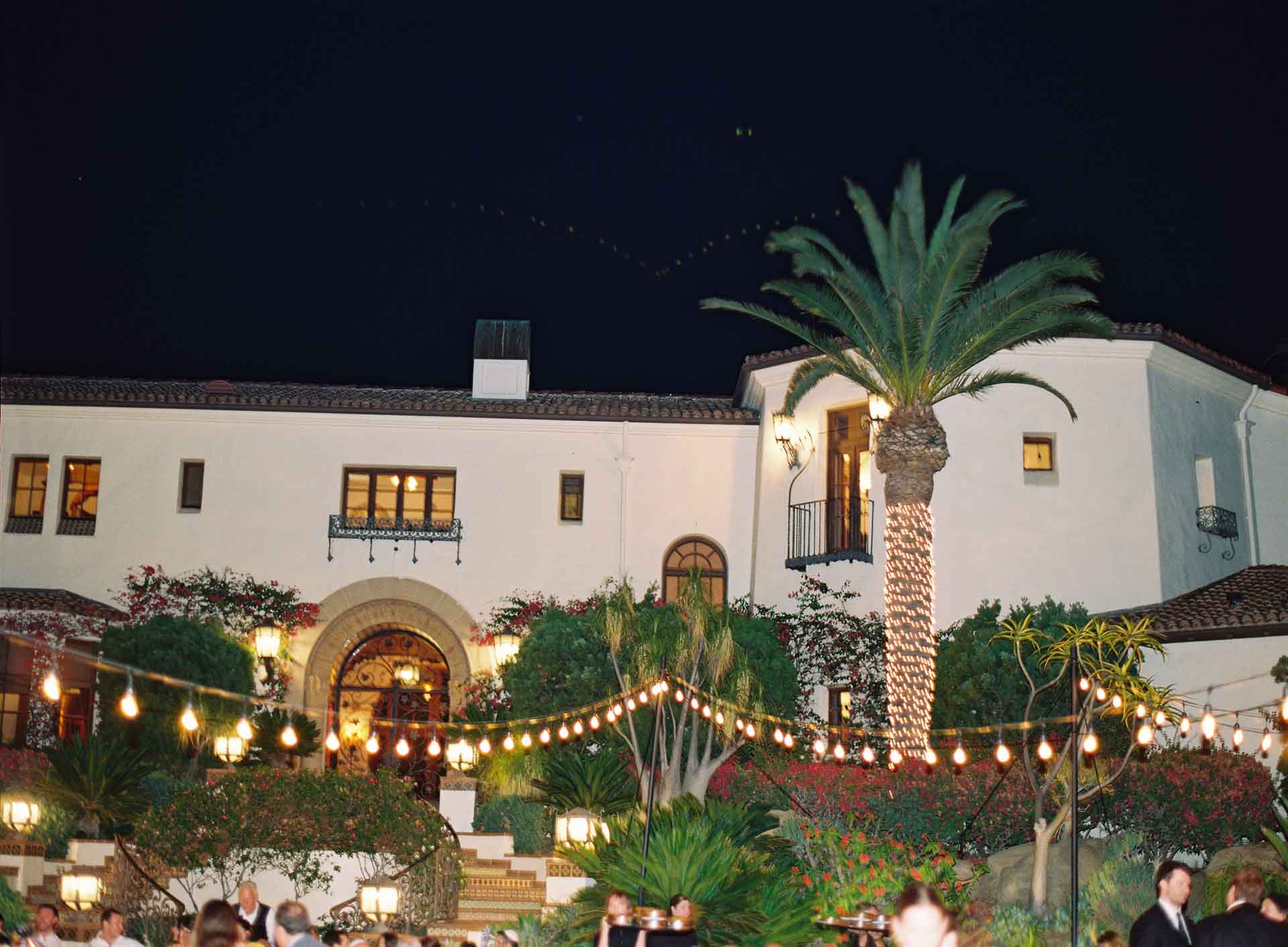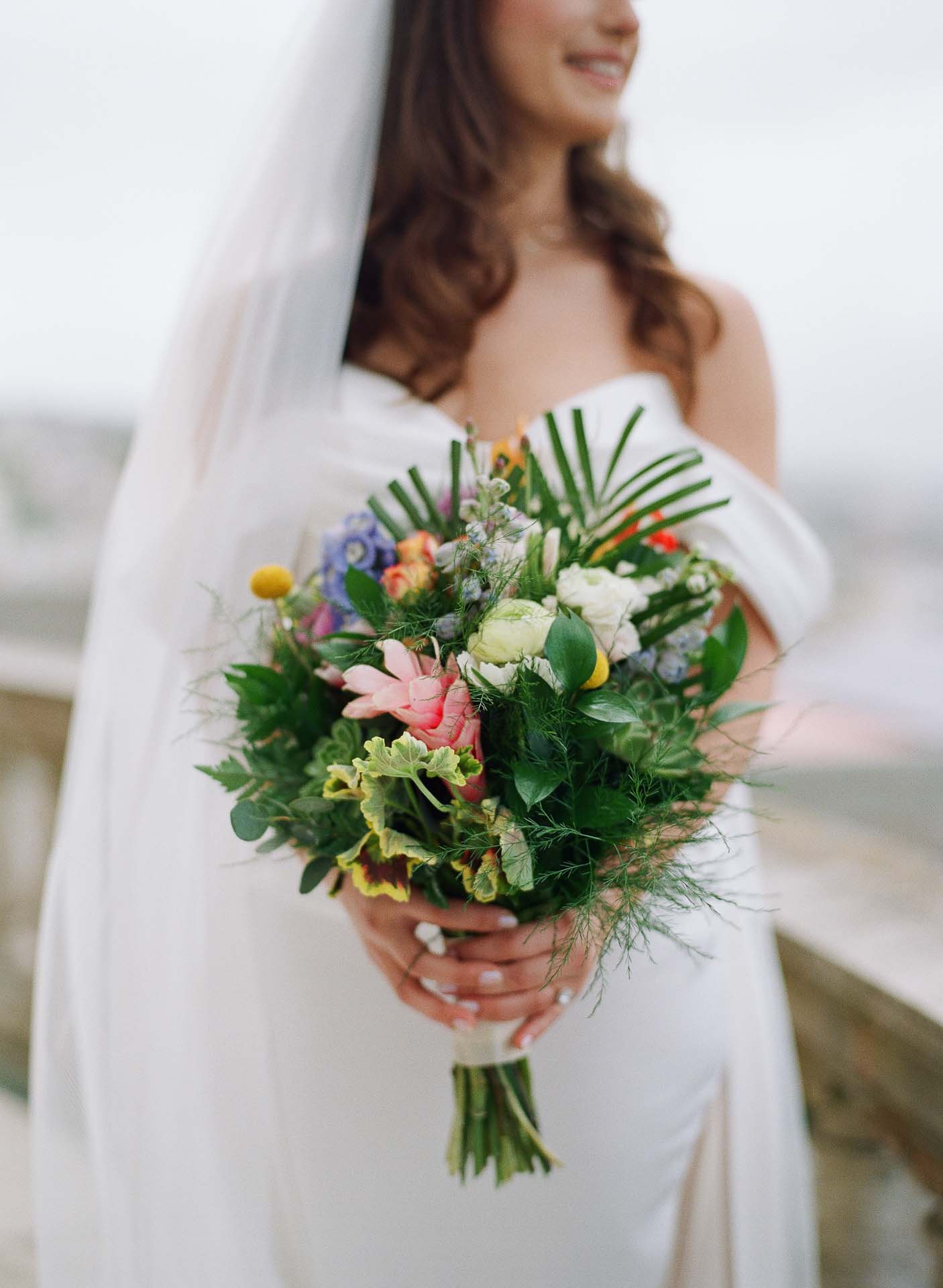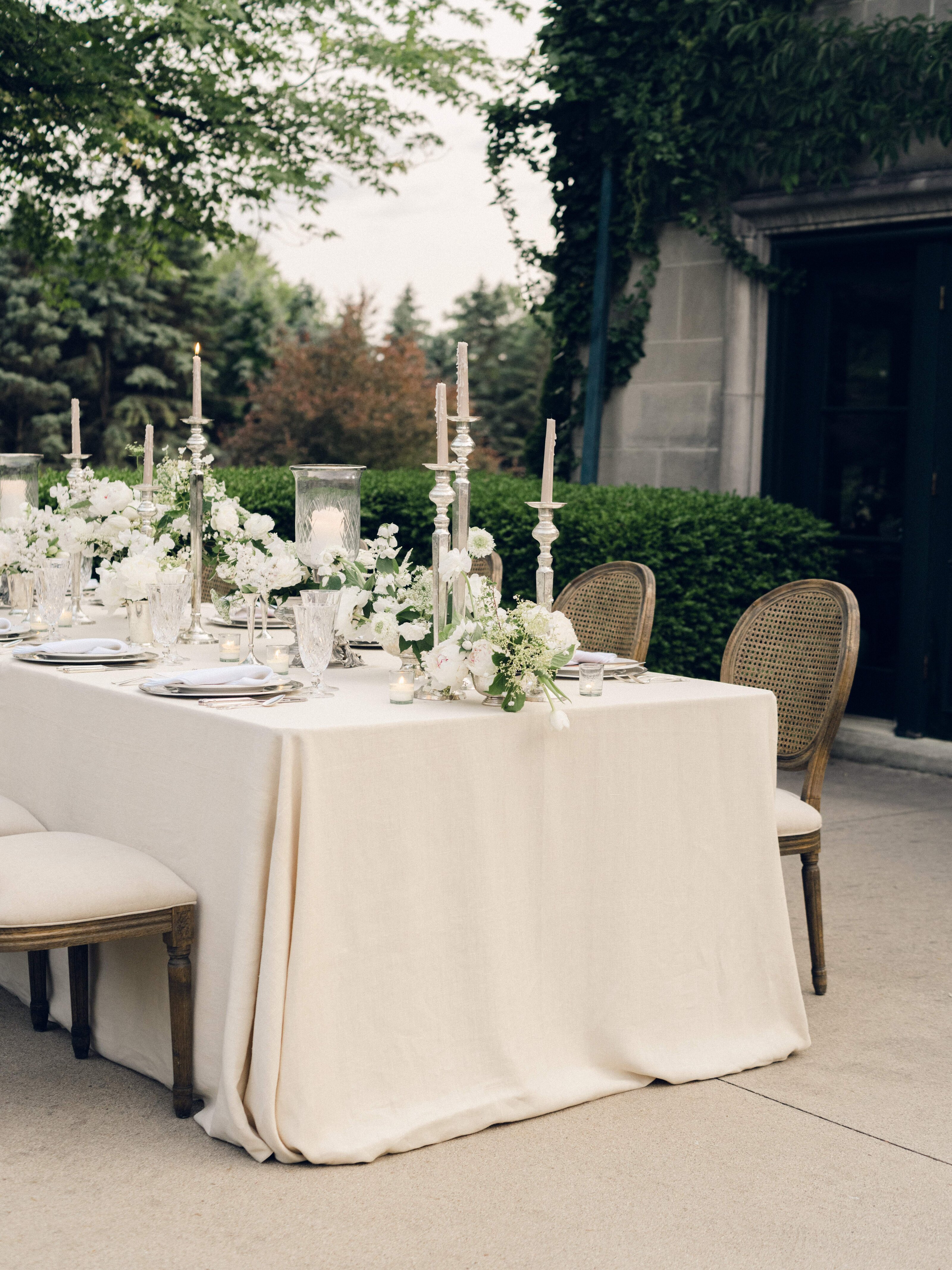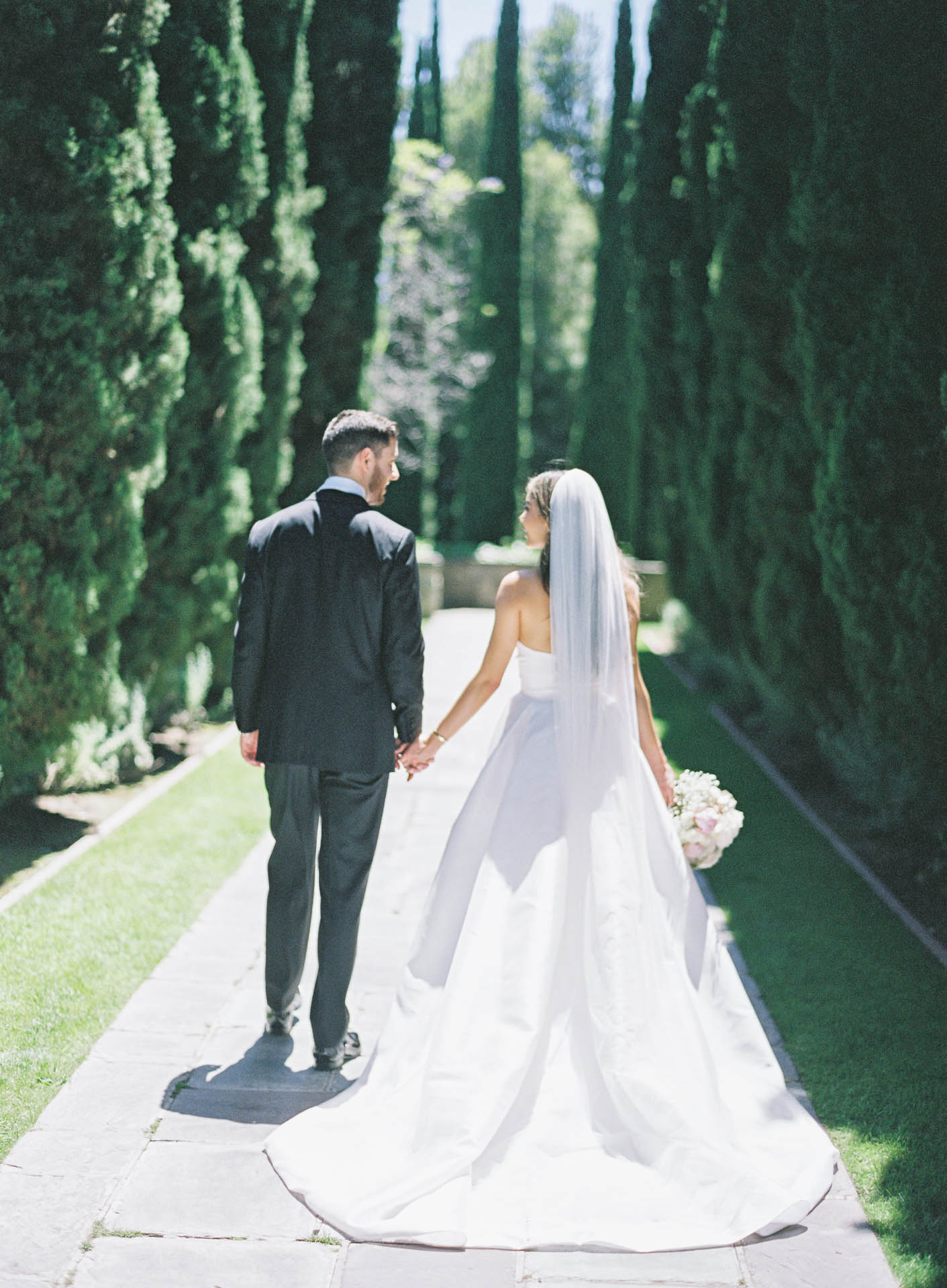
In a world where digital photos are just a click away, wedding film photography is reclaiming its rightful place as a timeless art form. More couples are falling in love with the elegance and uniqueness only film can deliver. But what’s behind this resurgence? Let’s explore why wedding film photography is more popular than ever, what makes it unique, and how to incorporate it into your wedding day.

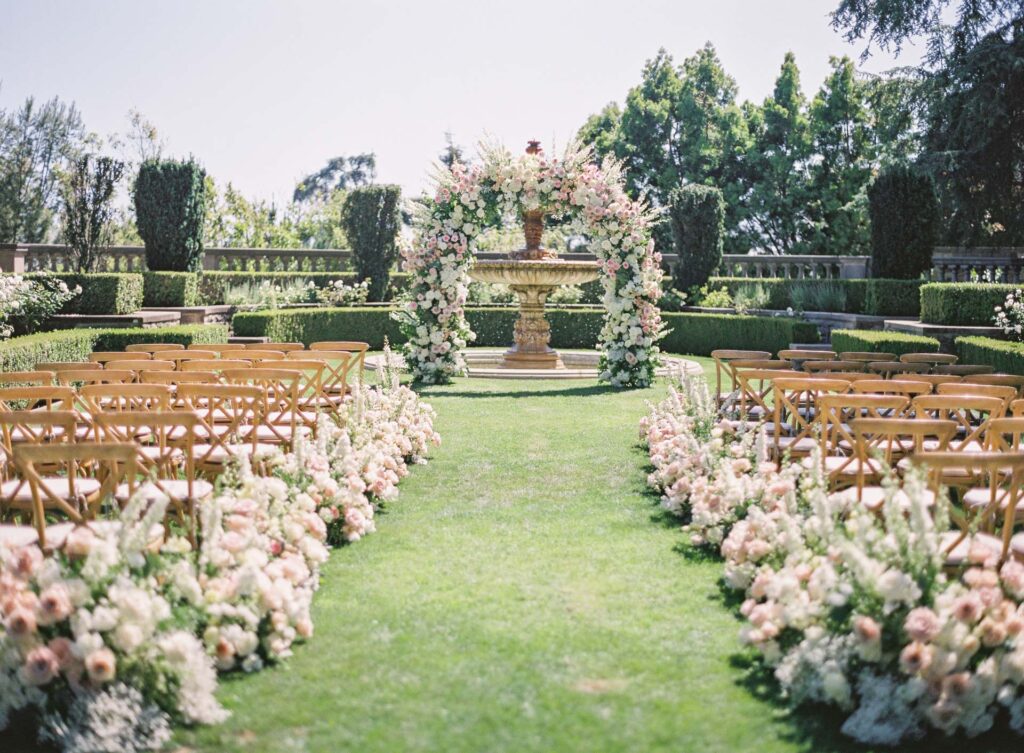
The Charm of Wedding Film Photography
A Timeless Aesthetic
Film photography has a natural, romantic quality that’s nearly impossible to replicate with digital cameras. The film’s subtle grain, rich tones, and soft focus create a dreamy, vintage aesthetic that feels like stepping into a classic love story. Cameras like the Contax 645, often paired with Kodak Portra film, capture skin tones beautifully, giving wedding portraits a warm, ethereal glow.
Nostalgia in Every Frame
Wedding film photography connects us to a simpler, more tangible past. Each photo feels like a time capsule—every frame is a slice of history. Holding a developed print or flipping through an album of film images evokes a sense of nostalgia that digital files can’t match.
Unique Results Every Time
Unlike digital, which can sometimes feel too perfect or sterile, film photography embraces imperfections like light leaks, texture, and unique coloration. Every roll of film—Kodak Portra, Fujifilm, or Ilford—is a little different, making your wedding photos truly one of a kind.
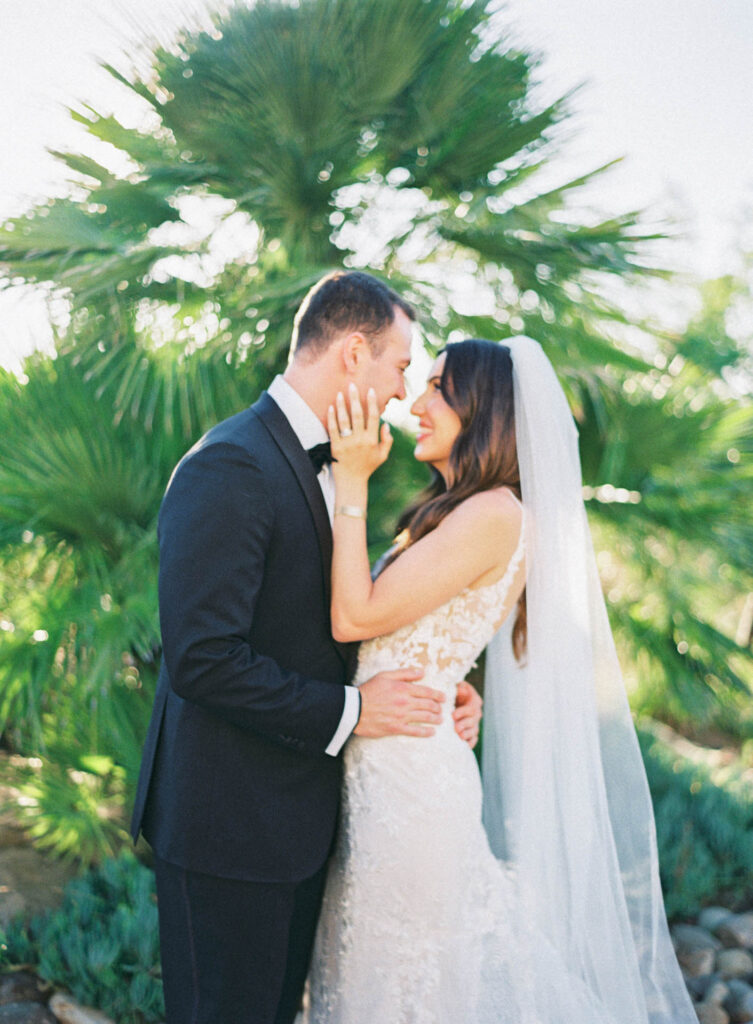

Why Couples Are Choosing Film for Their Weddings
Standing Out in a Digital World
Film photography offers something refreshingly unique in a sea of digital wedding galleries. Couples who choose film want their wedding photos to feel personal, artistic, and timeless—qualities that stand out on social media and in printed albums.
The Slow and Intentional Process
Film photography encourages photographers to slow down and carefully compose each shot. On your wedding day, this translates to intentional, meaningful images that capture genuine moments rather than quick snapshots. Using cameras like the Contax 645 or 35mm film requires patience, but the results are breathtakingly worth it.
Elevating the Wedding Experience
Having a wedding film photographer adds an element of luxury and artistry to your big day. The sound of a film camera’s shutter click, the delicate process of changing rolls, and the anticipation of waiting for the developed photos all contribute to an elevated, unforgettable experience.
The Artistic Craft of Film Photographers
Wedding film photography is not just about capturing moments; it’s about creating art. Unlike digital photography, where instant previews allow for adjustments, film photography requires unparalleled expertise, intuition, and artistry. This craft transforms your wedding photos into timeless works of art, celebrating every detail of your special day with care and precision. Let’s explore what makes film photographers unique and how their artistry brings wedding memories to life.
Mastery of Light and Composition
Film photographers are true masters of light. Unlike digital cameras, which can be adjusted on the fly, film cameras require photographers to carefully assess the available light and set their camera manually for each shot. This mastery of light is particularly evident in wedding portraits, where the soft glow of natural light enhances the romantic atmosphere.
For instance, medium-format cameras like the Contax 645 excel in capturing the subtle interplay of shadows and highlights, creating a painterly effect that gives every image a timeless feel. Photographers must also think critically about composition, framing every shot precisely to ensure it tells a story or evokes a specific emotion. This intentional approach results in photos that feel more deliberate and meaningful.
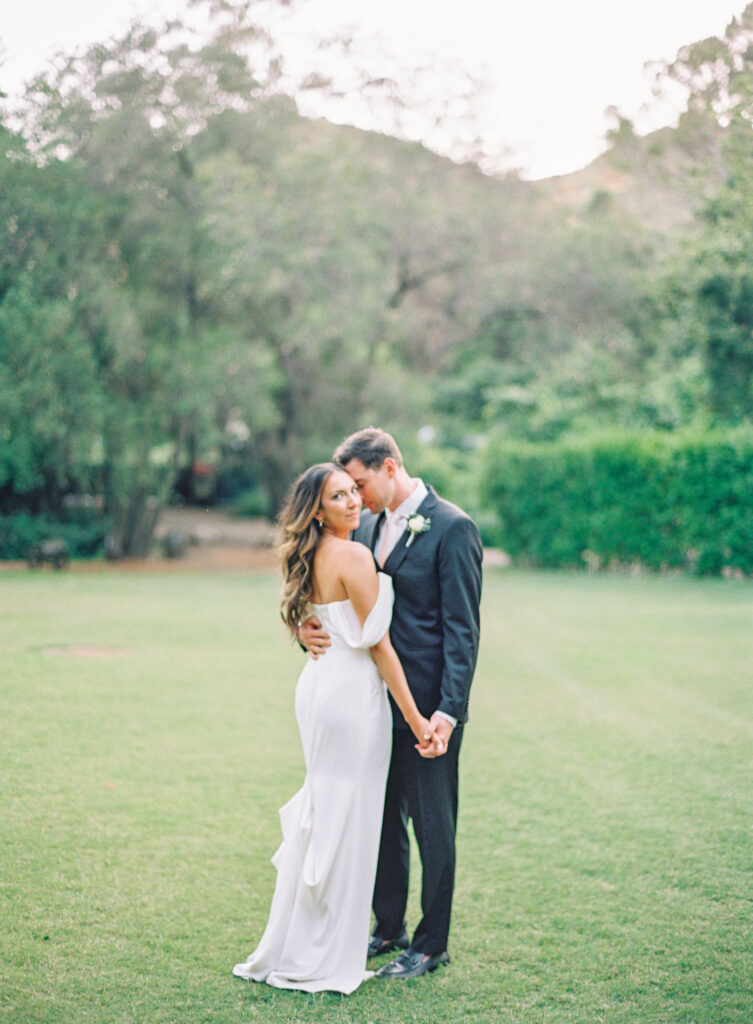

The Role of Film Stocks in Artistic Expression
Film photographers don’t just choose their camera—they carefully select their film stocks to match the mood and style of your wedding. Each film stock has its distinct qualities:
- Kodak Portra is a favorite for its warm, vibrant tones and exceptional ability to render skin tones naturally. It’s ideal for outdoor weddings bathed in sunlight.
- Fujifilm Pro 400H offers soft, pastel hues, perfect for couples who want a dreamy, romantic aesthetic.
- Ilford HP5 Plus delivers dramatic black-and-white images, adding a timeless, cinematic feel to your wedding gallery.
This level of customization allows film photographers to tailor their artistic approach to your wedding’s unique atmosphere, whether you’re exchanging vows under a canopy of trees or celebrating in a grand ballroom.
Expertise in Capturing Emotion
Film photographers have a knack for capturing raw, authentic emotion. Without the distraction of constant digital previews, they stay present in the moment, focusing on the connection between you and your partner. This presence translates to images that feel deeply personal and evocative.
The slower pace of film photography also encourages intentional storytelling. A skilled photographer doesn’t just snap dozens of photos during your first dance—they wait for that perfect moment when the light hits just right, your smiles radiate pure joy, and the movement of the dance feels alive. These carefully chosen moments bring your wedding day to life in an artistic and heartfelt way.
The Hands-On Process of Film Development
Unlike digital photography, where photos are edited on a computer, film photography involves a hands-on development process that adds another layer of artistry. After your wedding, the photographer sends the film to a specialized lab for processing. They may collaborate with the lab to ensure the final scans preserve the integrity of their artistic vision.
Film photographers often describe this stage as magical—watching the images come to life during development feels like opening a treasure chest. This tactile, analog process adds a level of care and craftsmanship that’s rare in the fast-paced world of digital photography.
Working with Medium-Format Cameras
Medium-format cameras like the Contax 645 are iconic tools in wedding film photography. These cameras capture a larger image size than 35mm film, resulting in greater detail, depth, and richness.
Photographers using these cameras must understand their mechanics intimately, as they require manual focus, precise exposure settings, and careful handling. The Contax 645, often paired with lenses like the Zeiss 80mm f/2, is especially beloved for its ability to produce dreamy, creamy backgrounds and breathtaking portraiture.
Creating a Collaborative Experience
Film photographers see themselves as collaborators in your love story. They often work closely with couples to understand their personalities, wedding themes, and unique preferences. Many photographers create mood boards to align their vision with yours, ensuring that every frame reflects your style and the emotions of your special day.
This collaboration extends to the wedding day itself. Film photographers are adept at guiding couples into natural poses while also encouraging candid moments. Their goal is to capture your authentic connection and translate it into a collection of images that feel like fine art.
The Intentionality of Film Photography
Unlike digital photography, which can produce thousands of rapid-fire images, film photography is inherently intentional. Every shot costs time and money, so photographers carefully consider each frame before clicking the shutter. This slower, deliberate approach ensures that every photo has purpose and meaning.
The result is a wedding gallery filled with carefully curated images—each one a standalone work of art. This intentionality gives film photography its unique charm and sets it apart as a true craft.
The Legacy of Artistic Craftsmanship
Film photographers combine technical skill, artistic vision, and a deep understanding of emotion to create extraordinary wedding photos. Their mastery of light, composition, and storytelling turns your wedding memories into a gallery of timeless art. With every carefully crafted frame, they honor your love story in a way that will be cherished for generations.



The Benefits of Wedding Film Photography
Wedding film photography is more than just a medium—it’s an experience. From its unique aesthetic to its artistic approach, film offers many benefits, making it a beloved choice for couples seeking timeless wedding memories. Here’s why wedding film photography continues to win hearts and stand out as a premium option for capturing life’s most meaningful moments.
Timeless and Unique Aesthetic
One of the most celebrated benefits of wedding film photography is its timeless aesthetic. Film photos have a soft, organic quality that digital often struggles to replicate. The slight grain, natural tones, and depth make every image feel like a piece of art.
Thanks to iconic film stocks like Kodak Portra, film is particularly adept at capturing skin tones in a flattering, natural way. Whether under natural light or the warm glow of a reception hall, film creates images rich in texture and emotion. These qualities ensure your wedding photos look as stunning decades from now as they do today.
Intentionality in Every Shot
Unlike digital photography, where hundreds of images can be taken rapidly, film photography encourages a slower, more deliberate approach. Film rolls are finite—medium-format cameras like the Contax 645 typically capture only 16 frames per roll. This limitation pushes photographers to be thoughtful with every shot, resulting in carefully composed and purposeful images.
This intentionality often translates to a more meaningful wedding gallery, where every photo feels like a work of art rather than one of many. Couples appreciate this curated approach, as it prioritizes quality over quantity.
A Tangible Connection to Your Memories
Film photography offers something that digital cannot—a tangible connection to your wedding day. With its chemical development process, the physical film itself holds your memories in a material form. Many photographers preserve negatives for safekeeping, offering couples the option to revisit the original medium years down the line.
This tactile nature gives film an irreplaceable authenticity. Knowing that your wedding day was captured on actual film adds a layer of sentimentality that resonates deeply with many couples.
Superior Color Rendering and Depth
Film is renowned for its ability to render colors with unparalleled richness and depth. Wedding film photography captures vibrant details, from the lush greenery of an outdoor ceremony to the delicate pastel tones of bridal bouquets.
Film stocks like Fujifilm Pro 400H and Kodak Portra 400 are prized for their ability to balance saturation and softness, creating a dreamy, natural look that feels true to life. Film’s colors feel organic and luminous, making it an excellent choice for weddings with intricate floral arrangements, elegant decor, or bold color palettes.
Versatility Across Lighting Conditions
Film photography handles light beautifully, making it versatile across various wedding scenarios. Medium-format cameras like the Contax 645 perform exceptionally well in natural light, quickly creating stunning outdoor portraits and golden-hour shots.
Film also thrives in challenging lighting conditions, such as overcast skies or dimly lit receptions. Unlike digital, which can struggle with highlights and shadows, film captures details with a balanced and forgiving range. This versatility ensures that your photos look breathtaking, no matter the weather or time of day.
Authentic and Emotional Storytelling
There’s something inherently authentic about film photography. The slower process encourages photographers to be present, focusing on the emotions and moments unfolding in real time. This mindfulness allows them to capture genuine connections—those fleeting smiles, heartfelt glances, and joyous tears that make a wedding so unique.
Film’s ability to preserve emotion is unparalleled. The intentional nature of the medium ensures that your wedding photos tell a heartfelt and personal story, creating a collection of images that resonate with love and meaning.
A Premium and Exclusive Experience
Choosing wedding film photography is an investment in artistry. The hands-on process of shooting, developing, and scanning film requires a high level of skill and expertise, which makes it a premium service.
The exclusivity of film photography also adds a unique touch to your wedding. While digital photography is widely accessible, film is an art form embraced by a select group of professionals passionate about the craft. Hiring a film photographer ensures that your wedding is captured in a way that feels both luxurious and one-of-a-kind.
Creates a Lasting Legacy
Film photography is inherently archival, meaning your wedding photos are designed to stand the test of time. Properly stored negatives and prints can last for generations, allowing your family to cherish these memories for decades to come.
This lasting legacy makes film photography a meaningful choice for couples who value tradition and storytelling. By choosing film, you’re creating a tangible heirloom that will be passed down, ensuring that your wedding day is celebrated long after the final dance.
One of the most exciting aspects of wedding film photography is its versatility in creating unique vibes, depending on the type of film and camera used. Different formats and film stocks bring their own personality to your wedding gallery, offering couples a range of creative possibilities. Whether you’re drawn to the elegance of medium-format, the character of 35mm film, or the playful charm of Polaroids, each has its own distinct appeal.
True-to-Color Medium Format Magic
Medium-format film, often captured using cameras like the Contax 645, is renowned for its exceptional detail, sharpness, and true-to-life colors. This format is a favorite among wedding photographers for its ability to produce high-quality images that feel both luxurious and timeless.
The Contax 645 paired with film stocks like Kodak Portra 400 creates soft, glowing skin tones, vibrant color palettes, and a dreamy depth of field. This setup is ideal for outdoor ceremonies, grand venues, and classic portraits where elegance and clarity are essential. If you’re aiming for a polished, fine-art vibe with natural color accuracy, medium-format film is an outstanding choice.
The Characterful Charm of 35mm Film
35mm film, with its smaller frame size, offers a vibe that’s more candid, artistic, and full of character. Photographers often use 35mm cameras to capture spontaneous moments and documentary-style shots. The slightly more pronounced grain and unique tonal shifts of 35mm film add an organic, nostalgic quality to the images.
Popular film stocks like Kodak Gold or Fujifilm Superia can introduce warm, saturated tones or soft pastels, depending on the light and environment. 35mm is perfect for couples who want their wedding photos to feel like a blend of artistic storytelling and heartfelt emotion.
Polaroids: Playful and Nostalgic
Polaroid photography brings an entirely different vibe to wedding photography. With its instant development process and distinctively vintage feel, Polaroids are perfect for creating playful and spontaneous memories. They’re often used during receptions, capturing candid moments among guests or intimate interactions between the couple.
Polaroids typically produce dreamy, soft-focus images with muted colors and unpredictable quirks like light flares or slight overexposures. These imperfections add a whimsical and nostalgic touch that’s impossible to replicate with digital or traditional film. Many couples cherish these instant prints as keepsakes to treasure alongside their professional gallery.
How These Formats Complement Each Other
Each format—medium format, 35mm, and Polaroid—offers a distinct vibe, and together, they can tell a richer, more layered story of your wedding day. For example:
- Medium-format film can beautifully capture formal portraits and iconic shots, such as the first kiss or a sweeping view of your venue.
- 35mm film excels at candid moments, adding depth and personality to the storytelling.
- Polaroids offer instant gratification and a fun, interactive element for your guests.
By combining these formats, photographers can deliver a wedding gallery that feels dynamic, personal, and full of life.
Why It Matters
Understanding the different vibes of film photography allows you to choose a style—or a mix of styles—that best reflects your wedding day’s unique spirit. Whether you’re drawn to the fine-art elegance of medium format, the raw emotion of 35mm, or the playful nostalgia of Polaroids, each format has the power to capture your love story in its own extraordinary way.
Why Couples Love Film Photography
From its dreamy aesthetic to its ability to capture authentic emotions, wedding film photography offers an extraordinary way to document your love story. It’s more than just photos—it’s a timeless art form that transforms your wedding memories into a cherished masterpiece. For couples seeking an elegant, heartfelt, and deeply personal way to preserve their day, film photography delivers an experience that’s as unique as your love.

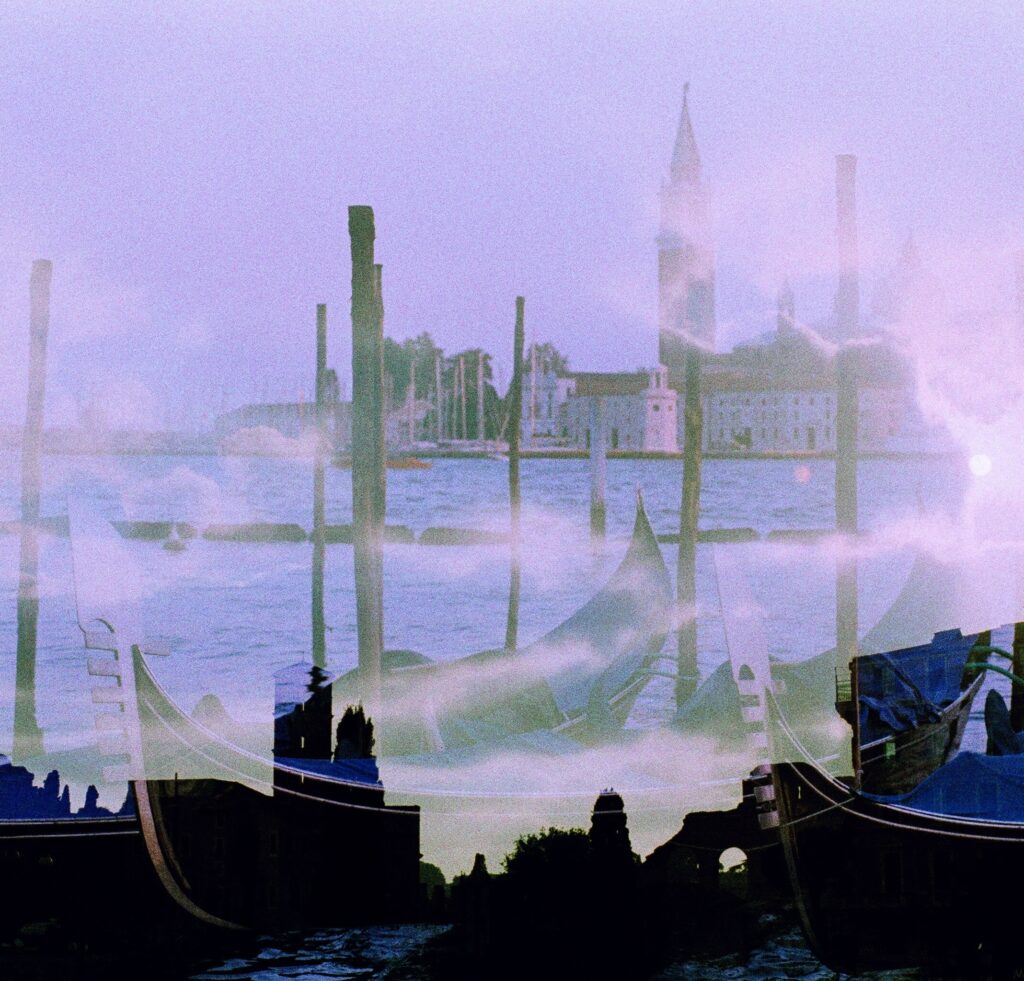
Challenges and Misconceptions About Film Photography
The Perceived Cost
Wedding film photography can be more expensive than digital due to the cost of film rolls, processing, and specialized equipment. However, the investment pays off in the form of heirloom-quality images as unique as your wedding day.
Limited Shots: A Creative Advantage
Some couples worry about the limited number of photos they can take with film, but this actually encourages creativity. Photographers focus on capturing the most important, emotional moments rather than taking hundreds of similar images.
Availability of Film Photographers
Finding a skilled film photographer can be challenging, as not all wedding photographers work with film. Look for those who specialize in it and have a portfolio showcasing their expertise using medium-format and 35-mm film.
Tips for Couples Considering Film Photography
Choosing wedding film photography can be an excellent way to ensure your special day is captured with timeless beauty and artistic flair. However, if you’re new to the idea, you might wonder how to make the most of this classic medium. Here are some helpful tips to guide you through the process and ensure your wedding day memories are as stunning as you envision.
Know Your Style Preferences
Before committing to film photography, take some time to understand its distinct style. Film creates a soft, organic, and romantic look with unique characteristics like natural grain and slightly muted colors. If you love the nostalgic tones of Kodak Portra or the dreamy aesthetic of Fujifilm stocks, film might be perfect for you.
Spend time browsing portfolios of film photographers. Look for examples of wedding settings similar to yours—whether outdoors, in a ballroom, or in a cozy, intimate venue. This will help you see how film photography can complement your wedding theme and colors.
Find the Right Photographer
Not all wedding photographers shoot on film, so finding the right one is essential. Look for professionals with extensive wedding film photography experience and a portfolio showcasing their skill with medium-format cameras like the Contax 645 or 35mm film cameras.
When reviewing their work, ask questions like:
- What types of film stocks do they use (e.g., Kodak Portra for vibrant colors or Ilford for black-and-white)?
- How do they handle lighting in different scenarios, such as dimly lit receptions or bright outdoor ceremonies?
- Do they offer hybrid coverage (film and digital) to ensure a variety of shots?
Most importantly, choose a photographer whose artistic vision aligns with yours. A great film photographer will take time to understand your wedding vision, ensuring the final images are both timeless and uniquely yours.
Consider a Hybrid Approach
If you’re intrigued by film photography but hesitant to commit fully, consider a hybrid approach. Many wedding photographers offer a mix of film and digital coverage, allowing you to enjoy the best of both worlds. Film captures timeless portraits and artistic moments, while digital provides flexibility for fast-paced parts of the day, like the dance floor or family group shots.
This approach is constructive if you have a large wedding or multiple locations, as it ensures no moment is missed while still preserving the beauty of film in critical moments.
Plan Your Timeline with Film in Mind
Film photography requires more time and intentionality compared to digital. Photographers must manually adjust settings, reload film, and carefully compose each shot. To make the most of your film coverage:
- Build extra time into your timeline for critical moments like getting-ready shots, portraits, and ceremony coverage.
- Coordinate with your photographer on must-have shots to avoid feeling rushed.
- Discuss lighting conditions with your photographer—film performs beautifully in natural light, so plan your schedule to take advantage of golden hour for portraits.
Be Selective with Your Shot List
One unique aspect of film photography is its intentional nature. Since each roll has limited exposure, photographers take fewer but more meaningful photos. Instead of capturing every single moment, they focus on storytelling.
Work with your photographer to prioritize moments that matter most to you. Whether it’s your first look, a close-up of your bouquet, or candid family interactions, these intentional shots will result in a wedding gallery that feels personal and significant.
Budget for the Investment
Film photography tends to cost more than digital, and for good reason. The materials—like film rolls, developing, and scanning—add up, as does the expertise required to shoot on film. It’s essential to allocate part of your wedding budget to this artistic investment if film photography is a priority for you.
While the upfront cost may seem higher, remember that the quality and longevity of film images make them a valuable keepsake. Discuss pricing and package options with your photographer to find a solution that works for you.
Embrace the Imperfections
One of the charms of film photography is its imperfections. Light leaks, slight overexposures, or unexpected flares can add character to your wedding photos. Unlike the polished perfection of digital, film celebrates authenticity and artistry. Embrace these quirks—they often turn out to be your favorite details.
Communicate with Your Photographer
Good communication is critical to making your wedding film photography experience seamless. Share your vision, favorite poses, and specific details you want to be captured, like the intricate lace on your gown or the handwritten vows on your ceremony altar.
Additionally, trust your photographer’s expertise. They understand the nuances of film and how to create stunning results, even if the process feels slower or more intentional than digital.
By following these tips, you’ll set yourself up for a wedding photography experience that’s as unique and unforgettable as the photos themselves. With the artistry of film, your wedding memories will be captured in a way that feels timeless, beautiful, and deeply meaningful.
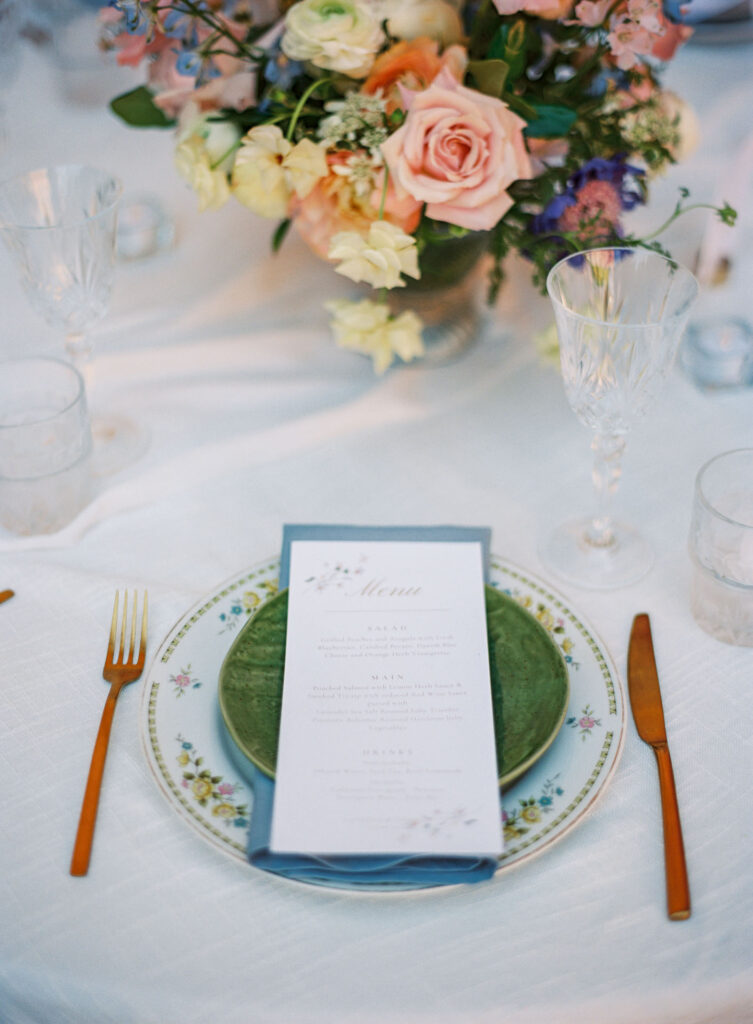
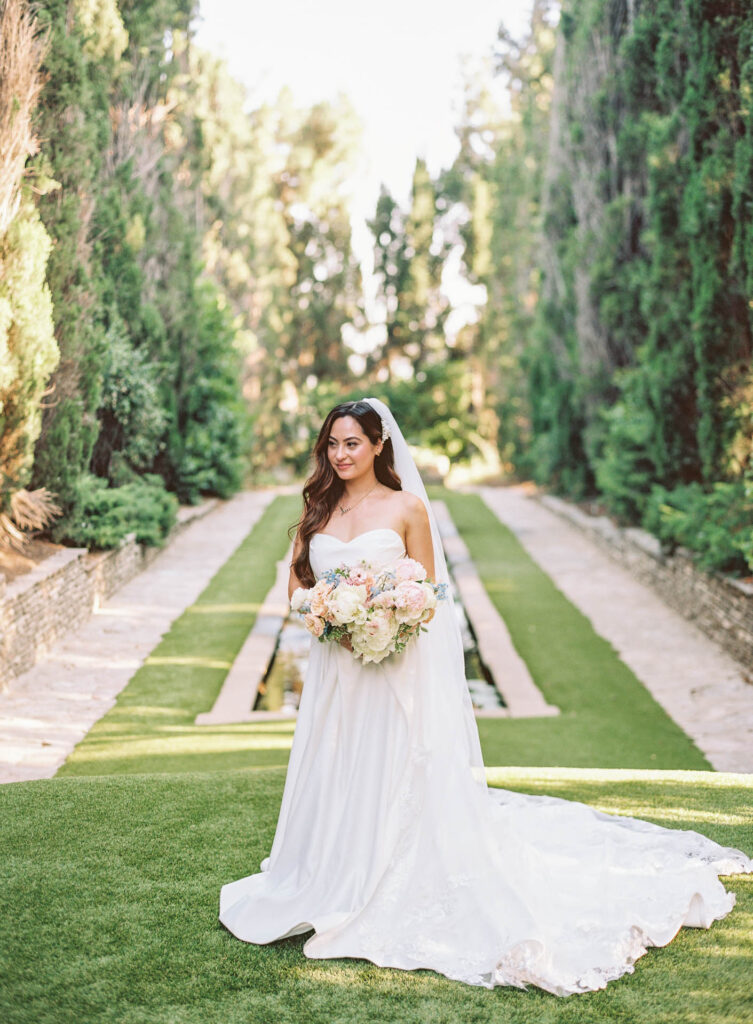
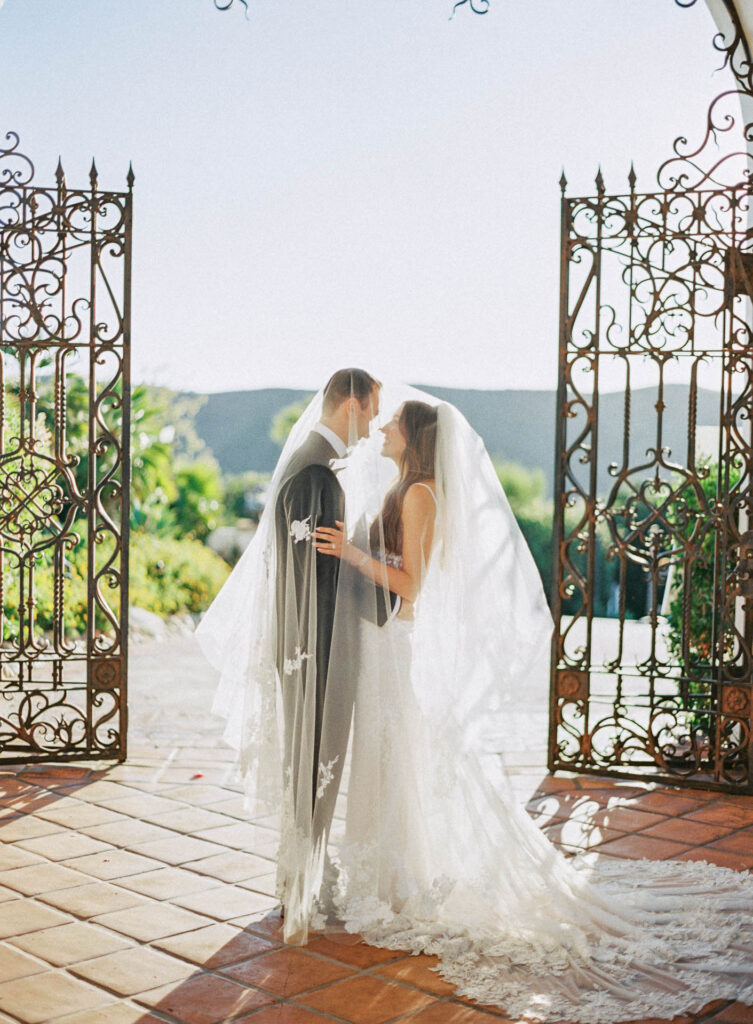
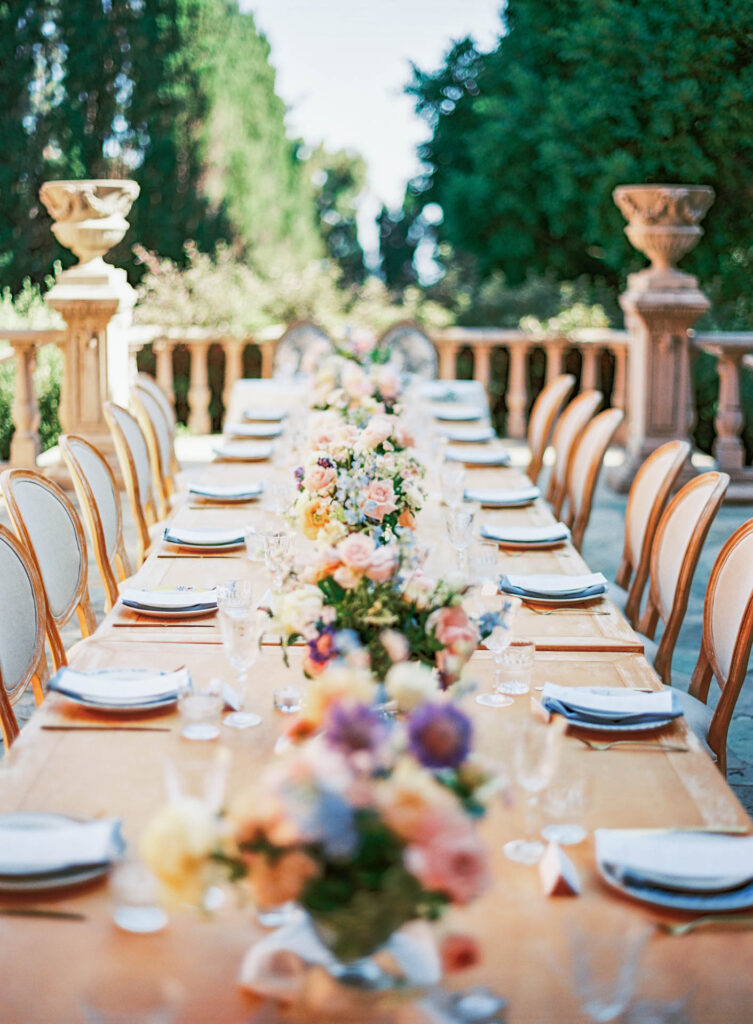

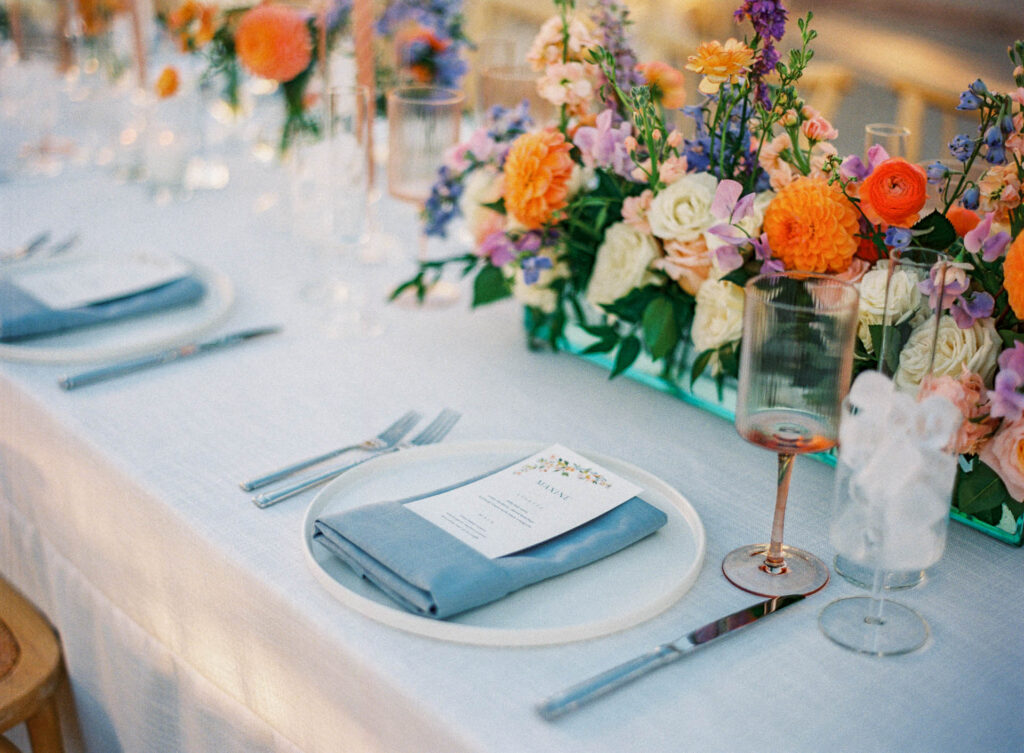
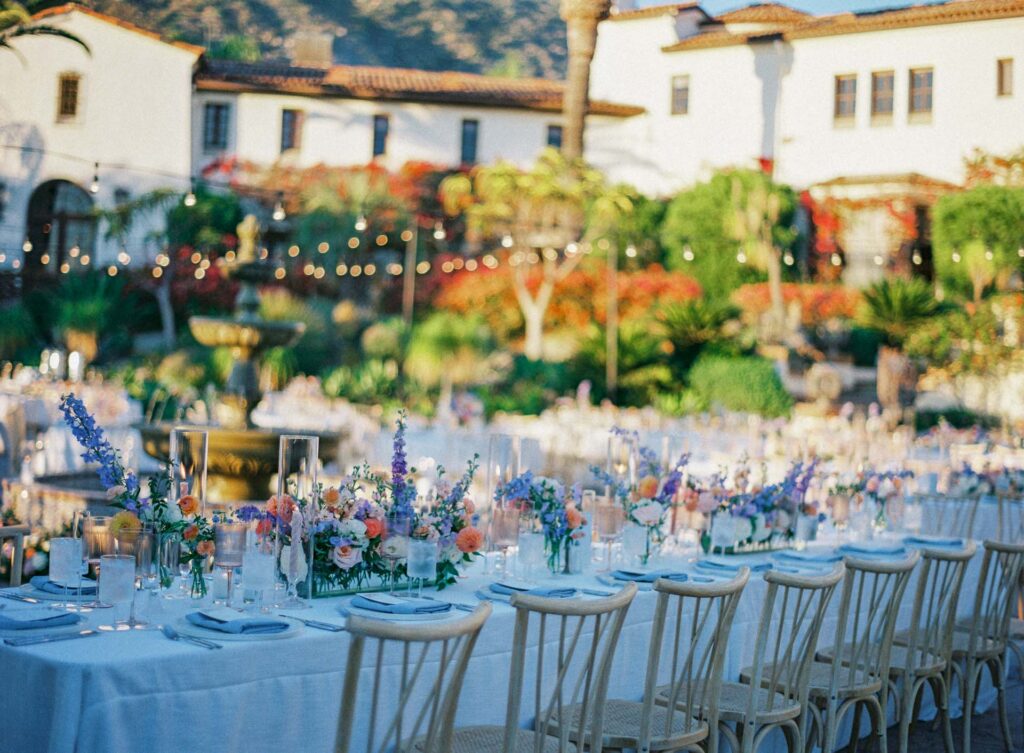
The Future of Wedding Film Photography
A Growing Trend Among High-End Weddings
As couples seek bespoke and meaningful wedding experiences, film photography is becoming a hallmark of luxury celebrations. The artistry and nostalgia it offers are unparalleled.
Sustainability and Film
Film photography aligns with eco-conscious values, as it focuses on quality over quantity and produces lasting, tangible memories without relying heavily on digital storage.
A Revival of Analog Artistry
The resurgence of wedding film photography is part of a broader revival of analog arts, proving that its beauty and authenticity are here to stay.
Conclusion: Why Film Photography Captures the Heart
Wedding film photography isn’t just about photos—it’s about creating art, preserving memories, and celebrating love in its most accurate form. Its timeless appeal, artistic depth, and emotional impact make it a choice that couples treasure for a lifetime.
FAQs About Wedding Film Photography
Q1: Is film photography more expensive than digital?
Yes, it often costs more due to film rolls, processing, and the photographer’s specialized skills. However, the results are unmatched in quality and artistry.
Q2: Can I combine film and digital photography for my wedding?
Absolutely! A hybrid approach allows you to enjoy the best of both worlds, with the timeless look of film and the versatility of digital.
Q3: What types of film do photographers use for weddings?
Popular choices include Kodak Portra, known for its warm tones and vibrant colors, Fujifilm, known for its soft pastels, and Ilford, known for striking black-and-white imagery.
Q4: How do I find a good wedding film photographer?
Look for photographers with experience in film and a portfolio showcasing their use of medium-format cameras like the Contax 645 or 35mm film systems.
Q5: What makes wedding film photography unique?
Film’s organic, timeless quality creates images with depth, emotion, and artistry that stand apart from digital photography.
With wedding film photography, you’re not just investing in pictures but in memories that look and feel like art.
+ view the comments

